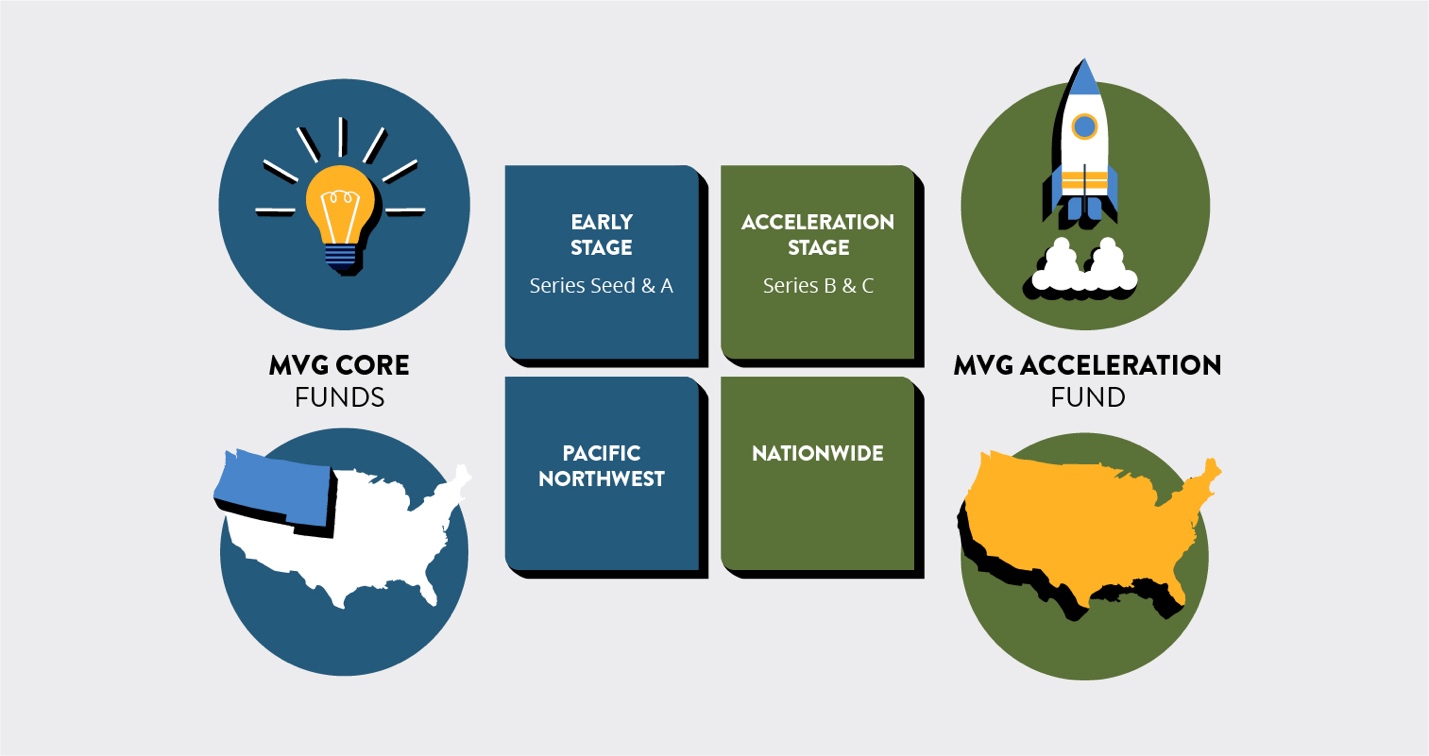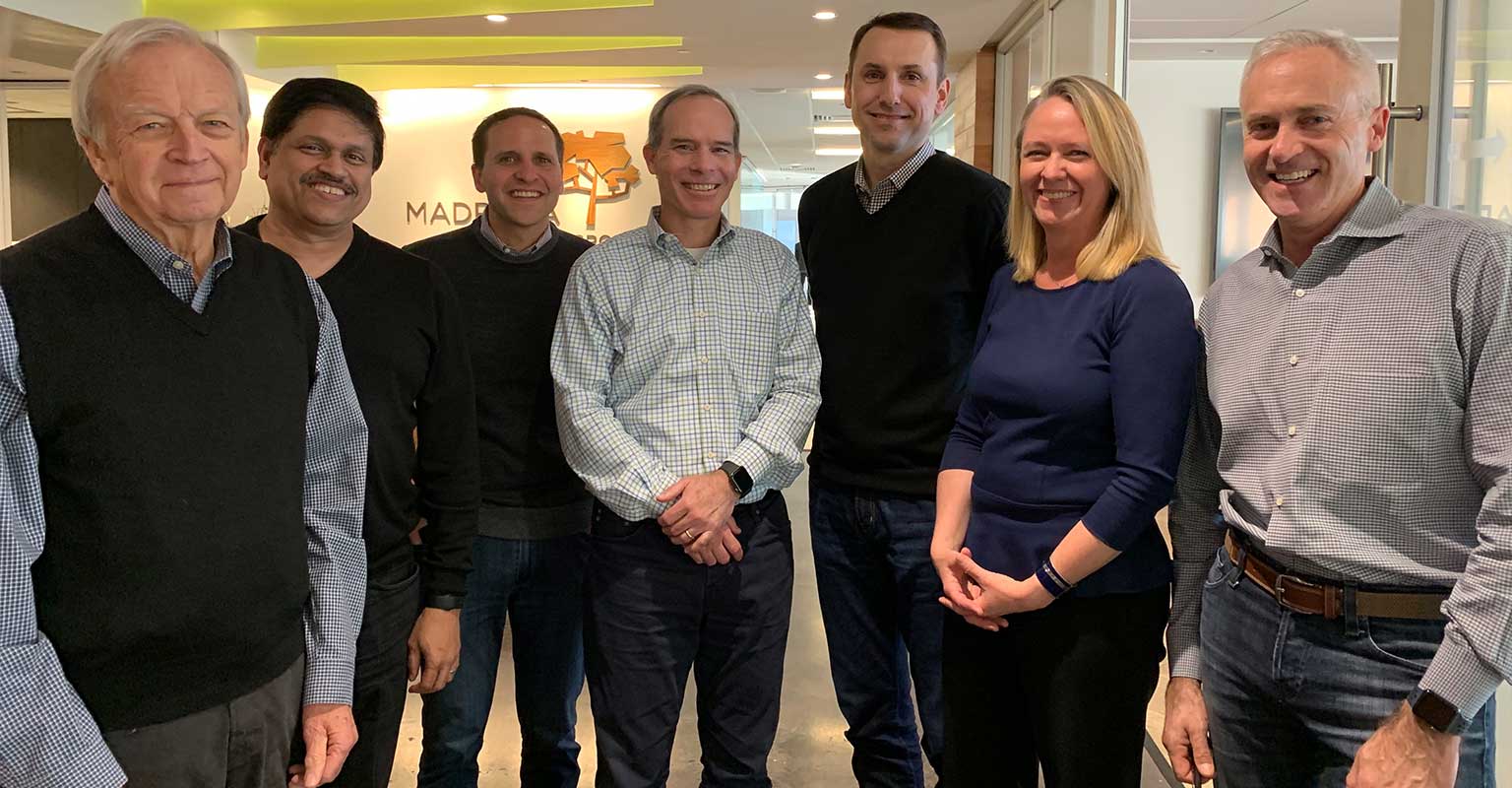The family of Walter Huang, an Apple engineer who died after his Tesla Model X with Autopilot engaged crashed into a highway median, is suing Tesla. The State of California Department of Transportation is also named in the lawsuit.
The wrongful death lawsuit, filed in in California Superior Court, County of Santa Clara, alleges that errors by Tesla’s Autopilot driver assistance system caused the crash that killed Huang on March 23, 2018. Huang, who was 38, died when his 2017 Tesla Model X hit a highway barrier on Highway 101 in Mountain View, California.
The lawsuit alleges that Tesla’s Autopilot driver assistance system misread lane lines, failed to detect the concrete media, failed to brake and instead accelerated into the median.
A Tesla spokesperson declined to comment on the lawsuit.
“Mrs. Huang lost her husband, and two children lost their father because Tesla is beta testing its Autopilot software on live drivers,” B. Mark Fong, a partner at law firm Minami Tamaki said in a statement.
Other allegations against Tesla include product liability, defective product design, failure to warn, breach of warranty, intentional and negligent misrepresentation and false advertising. California DOT is also named in the lawsuit because the concrete highway median that Huang’s vehicle struck was missing its crash attenuator guard, according to the filing. Caltrans failed to replace the guard after an earlier crash there, the lawsuit alleges.
The lawsuit aims to “ensure the technology behind semi-autonomous cars is safe before it is released on the roads, and its risks are not withheld or misrepresented to the public,” said Doris Cheng, a partner at Walkup, Melodia, Kelly & Schoenberger, who is also representing the family.
In the days following the crash, Tesla released two blog posts and ended up scuffling with the National Transportation Safety Board, which had sent investigators to the crash scene.
Tesla’s March 30 blog post acknowledged Autopilot had been engaged at the time of the crash. Tesla said the driver had received several visual and one audible hands-on warning earlier in the drive and the driver’s hands were not detected on the wheel for six seconds prior to the collision.
Those comments prompted a response from the NTSB, which indicated it was “unhappy with the release of investigative information by Tesla.” The NTSB requires companies who are a party to an agency accident investigation to not release details about the incident to the public without approval.
Tesla CEO Elon Musk would soon chime in via Twitter to express his own disappointment and criticism of the NTSB.
Three weeks after the crash, Tesla issued a statement placing the blame on Huang and denying moral or legal liability for the crash.
“According to the family, Mr. Huang was well aware that Autopilot was not perfect and, specifically, he told them it was not reliable in that exact location, yet he nonetheless engaged Autopilot at that location. The crash happened on a clear day with several hundred feet of visibility ahead, which means that the only way for this accident to have occurred is if Mr. Huang was not paying attention to the road, despite the car providing multiple warnings to do so.”
The relationship between NTSB and Tesla would disintegrate further following the statement. Tesla said it withdrew from its party agreement with the NTSB. Within a day, NTSB claimed that it had removed Tesla as a party to its crash investigation.
A preliminary report from the NTSB didn’t make any conclusions of what caused the crash. But it did find that the vehicle accelerated from 62 mph to 70.8 mph in the final three seconds before impact and moved left as it approached the paved gore area dividing the main travel lane of 101 and Highway 85 exit ramp.
The report also found that in the 18 minutes and 55 seconds prior to impact, the Tesla provided two visual alerts and one auditory alert for the driver to place his hands on the steering wheel. The alerts were made more than 15 minutes before the crash.
Huang’s hands were detected on the steering wheel only 34 seconds during the last minute before impact. No pre-crash braking or evasive steering movement was detected, the report said.
The case is Sz Hua Huang et al v. Tesla Inc., The State of California, no. 19CV346663.

Source: Tech Crunch





